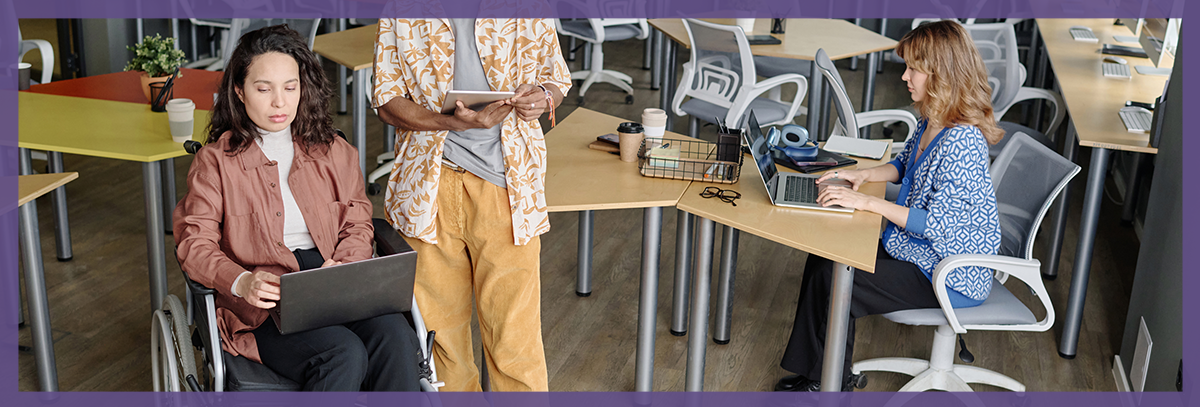3 Framing Concepts: Ableism in Higher Education

When confronting the role that ableism plays in higher education institutions, we must consider that “exclusion is deeply woven into the fabric of what we call ‘assessment’.” (Nieminen 2024). Exclusion can be both visible and invisible. When accommodations (e.g., private rooms, additional time, stim toys) are visible, students can face discrimination from other students or instructors. There may be a deeply felt sense of being “different” or “special” – ableism is felt acutely when assessments are designed and are carried out for “normal, able student[s]” (Dolmage 2017). When students advocate on behalf of their invisible disabilities (e.g., ADHD or autism) they again face discrimination in the form of disbelief, apprehension, or skepticism, even if they comply by institutional policies and provide medical documentation. As the teaching team, it is your responsibility to create an inclusive learning environment.
Consider the following example as an opportunity to facilitate an inclusive learning experience for students: as a course coordinator, it was common practice at the beginning of each semester for one of this resource’s authors to reach out to students who had been registered with QSAS to let them know that their accommodations had been noted and to allow for the students to let her know whether they thought they would use all of their accommodations every single time, or whether they needed them on an as-need basis. This simple practice introduces trust and transparency into the relationship with the student. According to the summary report from the 2024 Ontario Summit for Students with Disabilities, “students with disabilities often find that the responsibility falls to them to solve the problems and barriers that they face at their institution. This creates a narrative that their disability is a problem that needs solving, rather than that the nature of post-secondary institutions produces barriers that need to be addressed and removed” (2024). The labour of self-advocating for accommodations too often falls onto the student with the disability – whatever the teaching team can do to mitigate this under their duty to accommodate should be done.
Nieminen states that “in higher education, disabilities are largely seen as a negative feature that obscures the results of assessment, thus challenging its validity”: this stems from the medical model of disability that considers disability as a deficit, less than, and something to be fixed, which in turn skews with the intended design of the assessment (2024). This is one facet of how ableism is perpetuated in higher education. The authors encourage incorporating Universal Design for Learning (UDL) principles into your course and assessment design to allow for students to achieve the essential requirements of the course in multiple modalities. Please see Queen’s Centre for Teaching and Learning for UDL resources. This resource also offers opportunities to practice disability justice in action – the reader will find examples interspersed with practical advice for the labour of implementing accommodations for students.

